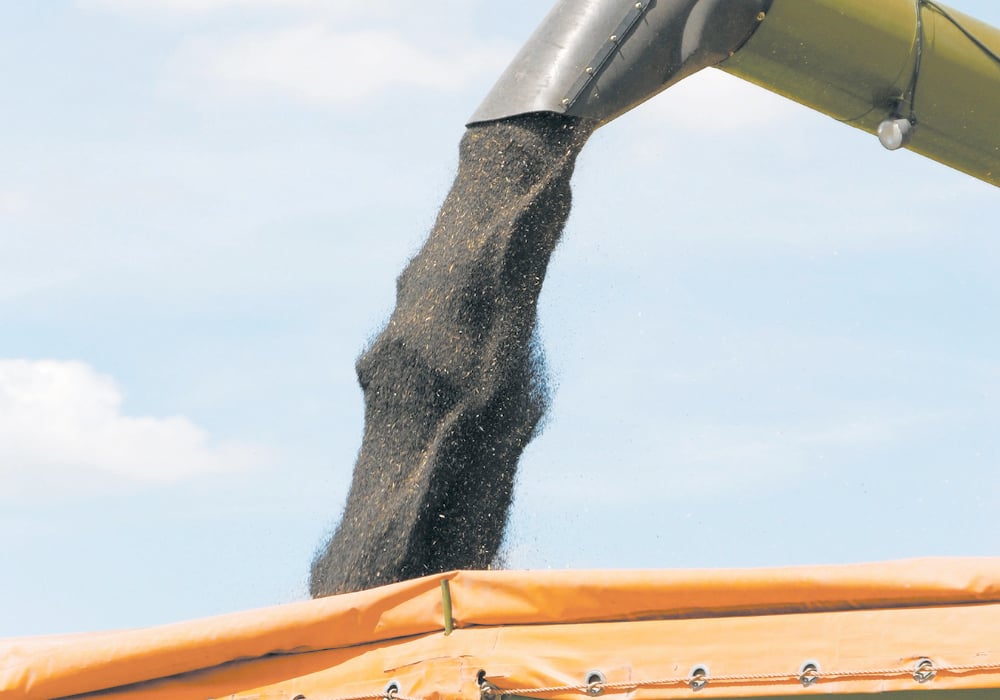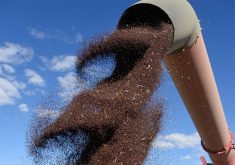Analysts think the large jump in imports might have resulted from increased production in Canada and Australia
China imported a record amount of canola in 2022-23.
The Asian giant purchased about 5.1 million tonnes of the oilseed for the Chinese crop year ending this month, according to the United States Department of Agriculture.
That is way more than the USDA was initially forecasting. Back in January, it thought China would buy 2.5 million tonnes of canola.
Read Also

Exports off to a slow start after last year’s torrid pace
Canadian grain, oilseed and pulse exports are off to a slow start, but there are some bright spots, according to the Canadian Grain Commission’s most recent weekly export data report.
Related story: China’s economic slump may spare ag exports
MarketsFarm analyst Bruce Burnett is not overly critical of the USDA for missing the mark by a longshot.
“On their list of things to do, canola exports remain probably at the bottom 10 percent of their list,” he said.
He thinks the January estimate was just a “placeholder number” that was intended to be revised as the year unfolded and more information trickled in.
Burnett believes China’s massive import program was due in part to Canada’s big rebound in production and Australia’s record crop in 2022.
Canada shipped 4.71 million tonnes of canola to China in the 2022-23 Canadian crop year that finished up in July, up from 1.22 million tonnes the previous year, according to the Canadian Grain Commission.
Meanwhile, Australia was aggressively pricing canola into the Chinese market after harvesting a record-shattering 8.27 million tonnes of the crop last year.
The other main factor spurring Chinese demand was the incredibly strong global vegetable oil market.
“Canola entertains an advantage when meal prices are lower and oil prices are higher,” said Burnett.
That is because of the high oil content of canola compared to competing crops like soybeans.
The USDA is forecasting that China’s imports will wane in 2023-24, falling to 3.4 million tonnes. That would be more in line with the five-year average preceding last year’s massive program.
Burnett thinks that makes sense. Canada’s new crop production is estimated at 17.37 million tonnes, a seven percent drop from the previous year, while Australia’s early forecast calls for 5.15 million tonnes, a whopping 38 percent decline.
“That probably puts the brakes on a little bit,” he said.
However, he is going to keep a close eye on palm oil production in Indonesia and Malaysia. There is an El Nino weather event in place and it tends to wreak havoc on production in that region.
That would once again drive up world vegetable oil prices, creating strong canola crushing incentives in China.
“I would stay tuned,” he said.
Nearby Canadian canola futures tumbled 12 percent between Sept. 1 and Sept. 22. Burnett believes that is because of normal harvest pressure and slumping global vegetable oil prices.
He believes prices will be heavily influenced by domestic demand and that appears to be strong due to “very high” crush margins.
Export demand should also be strong if Chinese purchases follow last year’s pattern, especially if palm oil production falters in Southeast Asia.
Burnett thinks exporters may have to ration demand to other markets and that also bodes well for prices.
Contact sean.pratt@producer.com
















